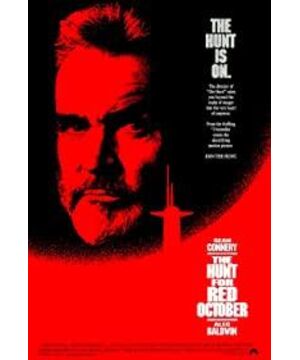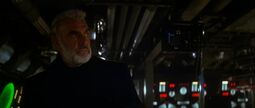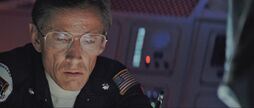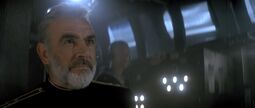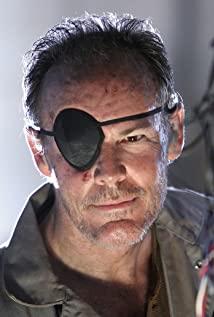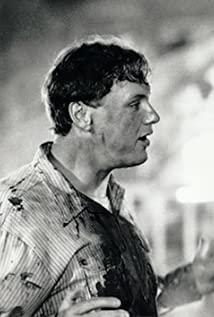American military writer Tom Clancy was inspired by the West’s reports on the Warning Sign, and wrote the novel "The Hunt for the Red October" in 1984. In the novel, the model of the uprising warship is replaced by a "Typhoon" class ballistic missile nuclear submarine. Valery Sablin is the deputy political captain of the large anti-submarine warship Vigil of the Baltic Fleet. He believes that the Soviet bureaucracy has deviated the country, determined to launch a "revolution" to seize warships, drive them to the high seas outside Leningrad, and then defect to Sweden. On November 6, 1975, the "Alert" drove to Riga, the capital of the Republic of Latvia, for maintenance. At 19:00 on November 8, Sablin lied about an abnormal situation on the ship. When he walked with the captain to the sound of the warship, he suddenly closed the hatch, isolating the captain from the crew on board. At 2:50 on November 9, the "Alert" sailed out of the Gulf of Riga and headed for the Baltic Sea at high speed. The Soviet military authorities reported the situation to the Kremlin, and Brezhnev personally issued a warrant: "Sink it!" Finally, the "Alert" was hit by a bomb in the waters off the border between Sweden and the Soviet Union, and the rudder was stuck. At this time, 30 sailors who opposed the defect rescued the trapped officers and captain. During the fierce fighting, Sablin was wounded and his defection was stopped.
In February 1985, after seeing the proofs of Tom Clancy's novel "The Hunt for Red October," producer Mays Newfield immediately bought the rights to the adaptation. A year and a half later, a senior executive of Paramount Pictures finally agreed to make the novel into a movie. While screenwriters Larry Ferguson and Donald Stewart were working on the script, Newfield began to approach the U.S. Navy, who was afraid of leaking secrets in the film. Fortunately, many admirals liked Clancy’s novel very much. The film can bring the life of submarine soldiers to the big screen like "Rising Clouds" focusing on naval pilots. In addition, Michael Sherman, director of the Navy’s Western Regional Intelligence Office in Los Angeles, also suggested that the film script should actively portray the U.S. Navy.
In order to assist the filming of the film, the US Navy allowed crew members to enter the non-confidential area of the USS Chicago and USS Portsmouth attacking nuclear submarines to take photos, providing a blueprint for the design of the set and props in the film. The main cast and crew, including Alec Baldwin and Scott Green, used to take the "Salt Lake City" attack nuclear submarine for night sailing, playing the role of Scott Green, the commander of the "Dallas" attack nuclear submarine in the film He also received rigorous training as the captain of the "Houston" (that is, the "Dallas" that appears in most scenes). Under the direction of the real commander, all crew members will accept Green's instructions. Compared with Green, who served in the Navy, Baldwin is no less inferior. He even learned how to drive a "Los Angeles" class nuclear submarine. In order to rehearse and film, the "Houston" surrendered more than 40 times.
The film’s shooting budget is 30 million U.S. dollars, most of which is used for naval equipment and personnel, including the "Houston" attack nuclear submarine, the "Enterprise" aircraft carrier, several helicopters and two frigates. The interior of the submarine in the film was shot in five studios at Paramount Studios. The platforms used to build the interiors of the Red October and Dallas are 50 square feet, and a simulated submarine is installed at the bottom of the platform. Hydraulic universal joint for underwater action.


